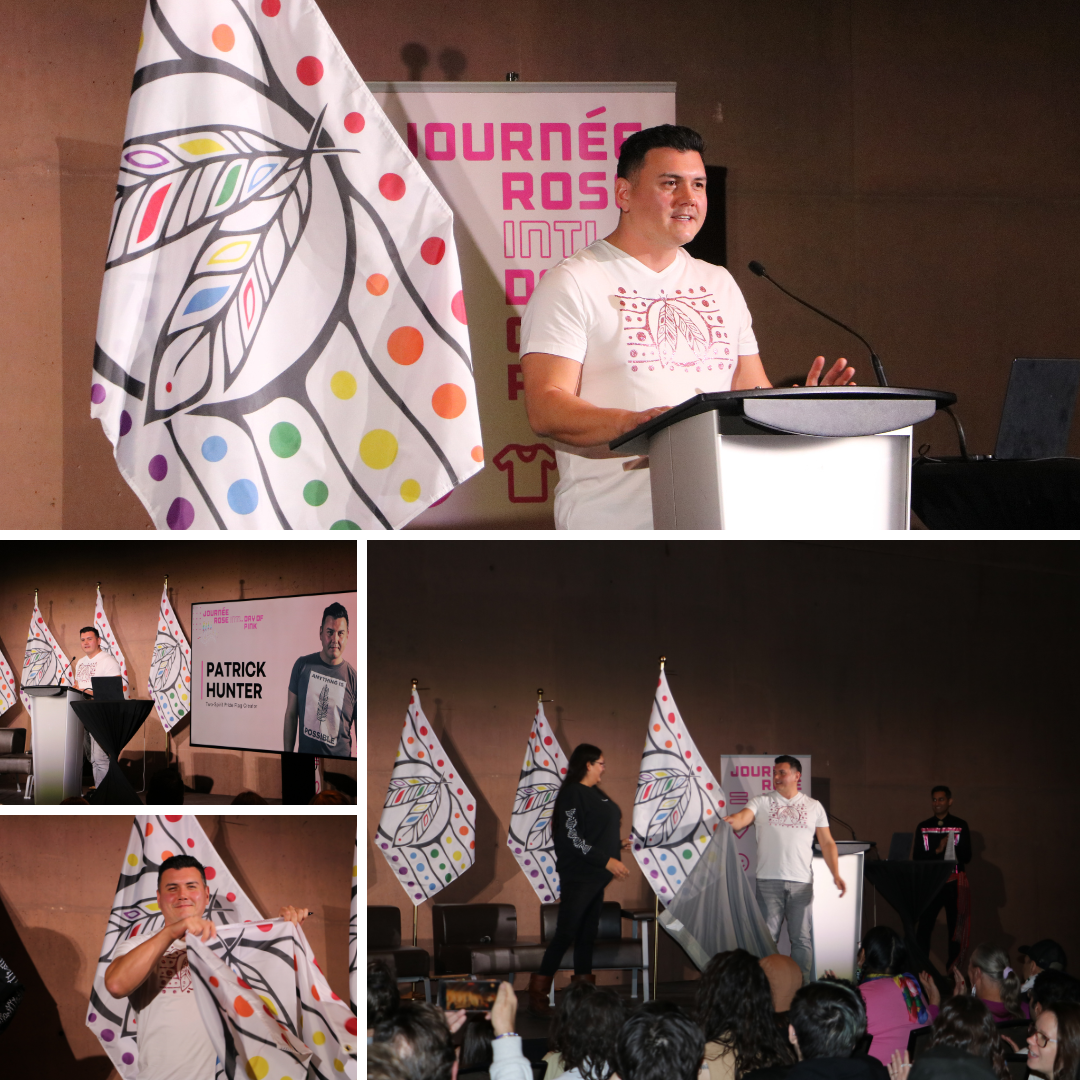Celebrating the 35th Anniversary of the word Two-Spirit
Curriculum Toolkit: The Two-Spirit Pride Flag and LGBTQ+ Activism
Grade Level: Secondary/High School (Grades 9-12)
Subject Areas: Social Studies, History, Gender Studies, Civics, and Language Arts
Learning Goals:
Explore the significance of the Two-Spirit Pride Flag and its connection to the LGBTQ+ rights movement.
Understand the role of various pride flags in representing diverse identities within the LGBTQ+ community.
Analyze the historical context of LGBTQ+ activism and the intersection of art, culture, and advocacy.
Foster discussions on identity, resilience, discrimination, and civil rights.
Essential Questions:
What is the significance of the Two-Spirit Pride Flag in the LGBTQ+ rights movement?
How do other pride flags contribute to the representation of diverse identities?
In what ways has LGBTQ+ activism evolved over time, and what role has art played in this movement?
How does media representation influence public perception of LGBTQ+ issues?
Lesson Plan Overview:
Lesson 1: The Two-Spirit Pride Flag – Understanding Identity and Culture
Objective: Students will examine the significance of the Two-Spirit Pride Flag and its cultural roots.
Activities:
Introduction (10 mins): Present the Two-Spirit Pride Flag and discuss its creation by Patrick Hunter in 2025, celebrating the 35th anniversary of "Two-Spirit."
Design Analysis (30 mins): Explore the flag’s symbolism—eagle feathers, the sun, and circles. Discuss Patrick's quote: “We walk Turtle Island with these two perspectives at all times.” Students will summarize the flag's meaning in small groups.
Class Discussion (20 mins): Facilitate a discussion on the importance of the Two-Spirit identity within the LGBTQ+ community and its representation in activism.
Homework/Extension:
Reflection Prompt: Write a one-page reflection on how the Two-Spirit Pride Flag compares to other pride flags in terms of representation and cultural significance.
Resources:
Images of the Two-Spirit Pride Flag.
Excerpts from Patrick Hunter's design synopsis.
Articles on Two-Spirit identity and history.
Lesson 2: Exploring Other Pride Flags and Their Meanings
Objective: Students will analyze various pride flags and their contributions to LGBTQ+ representation.
Activities:
Introduction (15 mins): Present an overview of notable pride flags, including:
Rainbow Pride Flag (Gilbert Baker)
Bisexual Pride Flag (Michael Page)
Lesbian Pride Flag (Emily Gwen)
Trans Pride Flag (Monica Helms)
More Colours-More Pride Flag (Amber Hikes & Teri Gerbec)
Progress Flag (Daniel Quasar)
Group Work (30 mins): Divide students into small groups, each focusing on a different flag. Each group will research its history, symbolism, and impact, then present their findings to the class.
Class Discussion (15 mins): Discuss how these flags collectively enhance visibility and representation within the LGBTQ+ community.
Homework/Extension:
Create a visual collage of pride flags with brief descriptions of their meanings and significance.
Resources/Extension:
Images and descriptions of each pride flag.
Articles and videos about the history of pride flags.
Lesson 3: Art and Activism – The Role of Performance in LGBTQ+ Rights
Objective: Students will investigate how performance art and music have been used in LGBTQ+ activism.
Activities:
Performance Art Discussion (10 mins): Introduce the concept of performance as a form of protest. Discuss historical examples, including songs and theatrical performances.
Song Analysis (30 mins): Analyze the song “I Enjoy Being a Dyke” and compare it to the original “I Enjoy Being a Girl.” Focus on themes of empowerment and resistance. Discuss audience reactions to both performances.
Creative Writing Activity (20 mins): Students will rewrite lyrics of a contemporary song to address a current social issue, emphasizing how music can inspire change.
Homework/Extension:
Research a modern protest song or performance, writing a brief analysis of how it addresses social issues.
Resources:
Lyrics to both songs.
Audio clips of protest music.
Examples of contemporary performance art addressing social issues.
Lesson 4: Media Representation and LGBTQ+ Rights
Objective: Students will analyze how media shapes public perception of LGBTQ+ identities and activism.
Activities:
Media Literacy Introduction (15 mins): Discuss the concept of media framing and its impact on marginalized communities.
Case Study (30 mins): Analyze different media portrayals of LGBTQ+ issues over time. Compare coverage of the Two-Spirit Pride Flag and other pride flags with historical coverage of events like the Brunswick Four incident.
Class Discussion (15 mins): Explore how media representation can either support or marginalize LGBTQ+ rights movements.
Homework/Extension:
Research the portrayal of a marginalized group in the media and create a presentation comparing positive and negative representations.
Resources:
Newspaper articles covering LGBTQ+ events.
Media clips discussing pride flags and LGBTQ+ rights.
Handouts on media framing and bias.
Additional Resources:
Books:
"Queer Progress: From Homophobia to Homonationalism" by Tim McCaskell.
"Lesbians Ignited: A History of Lesbian Activism in Canada."
Websites:
Egale Canada (LGBTQ+ human rights organization in Canada).
The Canadian Encyclopedia – LGBTQ+ Rights in Canada.
Films/Documentaries:
"Forbidden Love: The Unashamed Stories of Lesbian Lives" (explores lesbian life and activism in Canada).
"Outrageous!" (1977 film about queer life in Toronto in the 1970s).
Assessment:
Participation in discussions and group activities.
Written reflections or essays comparing different pride flags and their historical contexts.
Creative projects that demonstrate an understanding of the intersection between identity, art, and activism.
This curriculum toolkit will help students critically examine the Two-Spirit Pride Flag within the larger narrative of LGBTQ+ rights and explore how diverse identities contribute to the ongoing struggle for equality.




